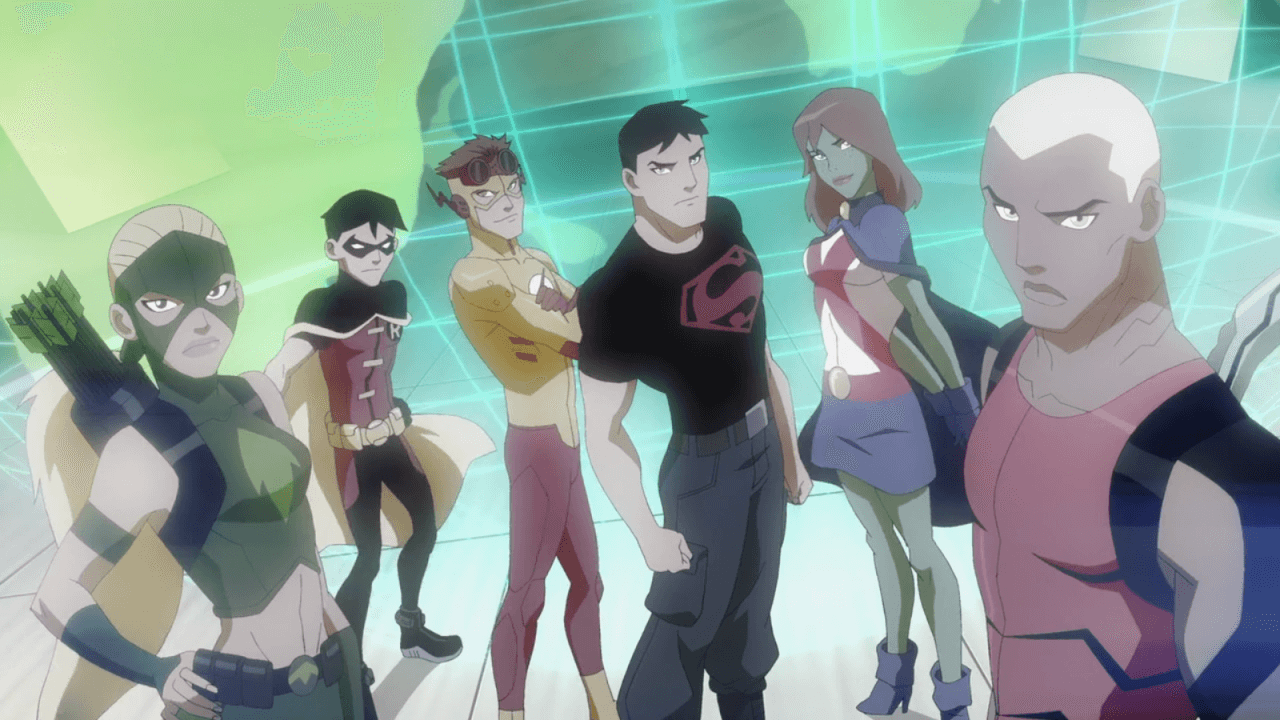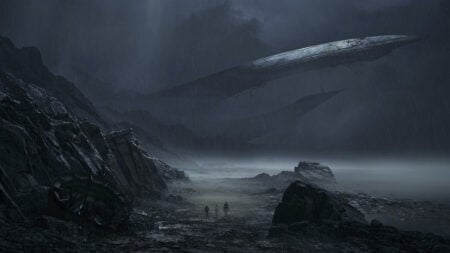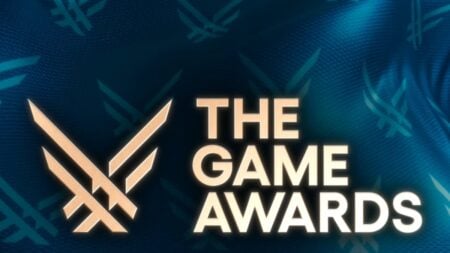Young Justice isn’t the newest show – originally airing on Cartoon Network January 7, 2011 – but despite the passage of time and the influx of Superhero shows and movies that have in the time since it’s debut, the show remains one of the best superhero adaptations ever. The series – which was canceled after two seasons amid bad toy sales and replaced by Teen Titans Go – was recently picked up by Netflix and has been one of the most watched shows in the services queue.
As a result Young Justice was renewed for a third season after a four-year absence and a cliffhanger ending. Fans rejoiced, as many have been passionately petitioning for the shows return ever since its abrupt cancellation. While I many not have been one of those fans, as I was struggling to survive college at the time, I recently binge-watched both seasons of the show available on Netflix and feel compelled to explain why everyone should be watching Young Justice.
From the get go each character’s personality establishes his or her individuality, with no two overlapping in terms of powers – with even the multiple speedsters and archers having their own distinct styles – and personality. Eventually, each hero’s unique traits and powers lead to moments or plot lines in which time is devoted towards its development. Be it Aqualad’s reserved nature eventually landing him the leadership role or Superboy’s slow grasp of human culture helping him bond with Superman, each experience results in visible character growth and plays well off of the other characters, resulting in fluid chemistry between the team as they develop.

That development is the basis for one of my favorite parts of the show, that I get to know each one of character individually, without the show focusing too much on one character in particular. Instead of one main character, Young Justice has many (varying from season to season). For most shows, this results in a too many cooks situation, where it’s impossible to bond or care about certain characters due to a lack of screen time and growth. But the show manages to make every introduction of a new character – be it a new member, a member of the justice league, an associate or even a villain – feel smooth. They also manage to do it in a way that not only makes sense but adds a layer of depth to the situation at hand and the series overarching plot. When the entire main character cast establishes itself, it’s like the final piece of a puzzle being put together.
One of the most important things about the show, as it even begins emphasizing this fact, is that the vast majority of these characters are sidekicks and have thus been relegated to support and background action. In a time where Superman and Batman have more reboots than I can count, beating us over the head with origin stories, it’s a refreshing change of pace. These largely unexplored characters are given the central roles, as the mentors become – not ironically – a side role in the series. Not only does this result in new stories, it also gives just enough of our favorite characters that we know and love, while getting to know the new ones that they taught.
It’s one of the shows most interesting aspects, seeing just how similar and different the characters that the likes of Batman, Green Arrow, and Aquaman train are in comparison to their mentors. A fine example is found in Young Justice’s development of Dick Grayson (Robin). A central plot point in the beginning of the first season revolves around who would lead the team. While Robin seems like the obvious answer at first – and he certainly agrees – the team eventually picks Aqualad, to which he states he will accept until Robin is ready. In the latter half of season one, Robin leads a mission in which he later admits changes his outlook on wanting to be a leader and how he didn’t want to have to make the decisions Batman has to make. Throughout the rest of the season, he is always unhappy or hesitant to give orders or lead as a result of the previous situation, eventually leading to his chrysalis into Nightwing in season two. It’s these little details of continuity that help lend credibility to the characters by not contradicting the previous established morals and values each previous episode displays. Resulting in episodes that feel like filler being just as vital to the show as one that revolves around the main plot.
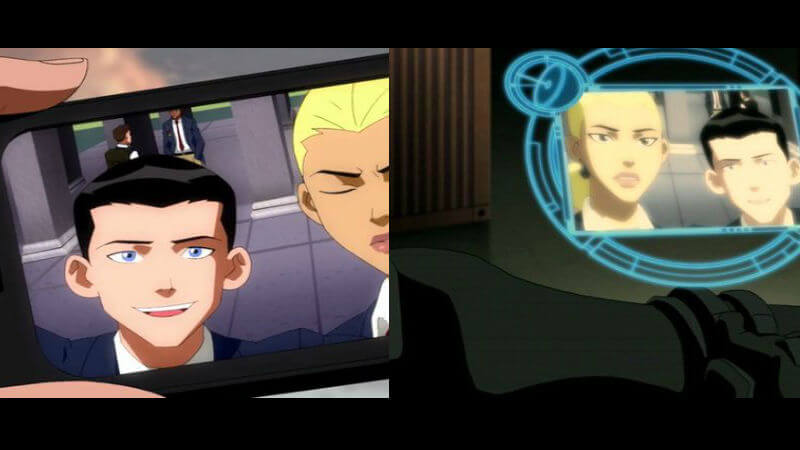
Which brings me to the series plot and its love of continuity. Comic book stories have a reputation for being convoluted and contradictory when it comes down to the nitty gritty of its plots. With multiple universes, multiverses and timelines, it can be a little hard to keep track of just what the hell is going on. Young Justice does a terrific job of not only creating a plot that is understandable, it’s also vastly complex, and arches over multiple seasons (including the upcoming third season). Right off the bat (pun intended), the show begins with the most prominent figures in DC comic history (Batman, Aquaman, Flash and Green Arrow) fighting alongside their sidekicks, with each assistant stating “today is the day,” referring to their induction into the Justice League.
After the disappointment, the lack of equality from their mentors – only being given access to the Hall of Justice, not the Watchtower – Robin, Aqualad, and Kid Flash eventually go on a mission of their own. Their success on this mission – which came as a result of Robin hacking the Hall of Justice’s computers to steal it – results in the creation of a younger sect of the League to be established at Mount Justice, receiving orders from the main branch. What follows is a mix of missions that not only build the team, the chemistry, and each character’s development but also layers in an overarching plot that establishes a main enemy for the series. While for the most part, the show does follow the cliche villain of the week format, each one generally has something to do with or was organized by the group of Villains called The Light. Consisting of some of the most important Antagonist in DC history, the group truly feels menacing, always giving off the feeling that everything is going to plan, despite Young Justice standing victorious.The way they built up The Light throughout lends credibility to the fact that they are indeed a threat, so it is so much more satisfying when the team does manage to get one up on them.
Having an all powerful overarching enemy is something that a lot of the current shows and movies lack, where Villains are defeated far too quickly, making the win seem trivial. The Young Justice version of Lex Luthor and Vandal Savage are a testament to this mindset and are also my two favorite adaptations of the characters I’ve ever seen brought to life. Both characters are smart, intimidating and powerful and yet are still so unique to one another without being cliche. Recent depictions of Savage (Legends of Tomorrow) and Luthor (Batman V Superman) have been so far off from their comic book models that they ended up failing miserably. Instead, Young Justice does a fantastic job of creating both Heroes that you love to love and Villains that you love to hate.
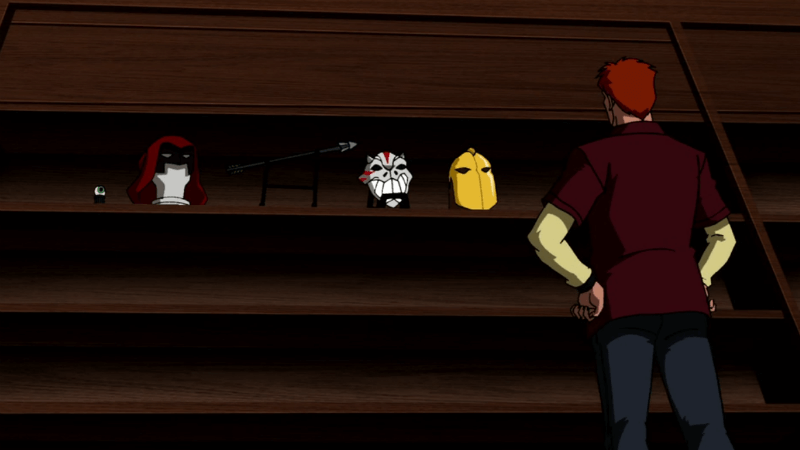
While the characters and plot are fantastic, it’s the small things that make a show great, and Brandon Vietti and Greg Weisman love their attention to detail. Like I said before, the creators of the show masterfully create the plot, to the point where even the little things that add it are noticeable. A few examples being; Kid Flash’s souvenir plot line (which even plays a role in saving them a couple times), Dick Grayson’s affinity for removing prefixes from words and the numerous callbacks to previous fights and scenes throughout the show.
The shows attention to detail isn’t simply limited to its plot, though, as it’s one of the catalysts for the stellar choreography and cinematography on display in Young Justice. Despite largely focusing on the same main characters for almost 50 episodes, every fight scene manages to feel different from the others. That makes sense considering that not every fight can be won the same way, as different adversaries have different strengths and weaknesses. This resulted in a fluctuation of outcomes for each Villain of the week or recurring villain, with either one character looking strong because of their skills that counteract the villains or the team working together to defeat their foe. This diversity not only manages to create beautiful combinations of powers – like Rocket and Zatanna capturing Blue Beetle – but it keeps the show fresh, not having to see the same fight scenes over and over (looking at you CW’s Arrow).
Which leads me to my final point of interest, how the show handles conflict. Conflict is essential to any good story, as it results in the roller coaster ride that eventually leads to success, much like many of our own lives. These conflicts are usually the difference between a good and great story, and generally need to make sense to do so, another detail that a lot of comic book stories lose in transition to live action. With conflict being a part of every story, there’s a lot of room for overlap, leading to cliche plots that take away from the product as a whole. Again this is a constant problem for Superhero formatted entertainment, as the good guys usually beat the bad guys through the power of will or some other form of deus ex machina. Instead, Young Justice creates conflict between its characters by developing them, the plot and everything else so thoroughly that every action for each side has a cause and effect, and most importantly, makes sense. Even the small aspects of conflict throughout the show, be it team infighting or the struggles that come with romance, are both built and resolved reasonably. I won’t give away any details but a certain scene that stands out occurs in the 25th episode of the first season titled “Usual Suspects (not Secrets, thanks nothcelest!).” Obviously, secrets are going to be a cause for conflict in any situation, but the previous time the show devotes toward building this scene and the actions that lead to resolving it is done brilliantly. The order in which they do it is also fantastic, managing to fool viewers into believing one thing and then revealing something else had occurred all along in a flashback.
It’s the combination of all these things that make Young Justice able to evoke so many different emotions throughout the two seasons that I had the pleasure of watching. So many twist and turns and little details have made me feel more attached to this group of sidekicks than I ever have felt in regards to any superhero, or any other fictional character for that matter.
With both Brandon Vietti and Greg Weisman confirmed to be returning for the next season, there is no reason you should not be watching this show in anticipation for season three, as it’s almost guaranteed to be as good as the first two. Don’t feel bad if you haven’t watched already, though, as the release date and network in which it will air has yet to be confirmed, so there’s plenty of time to catch up.

